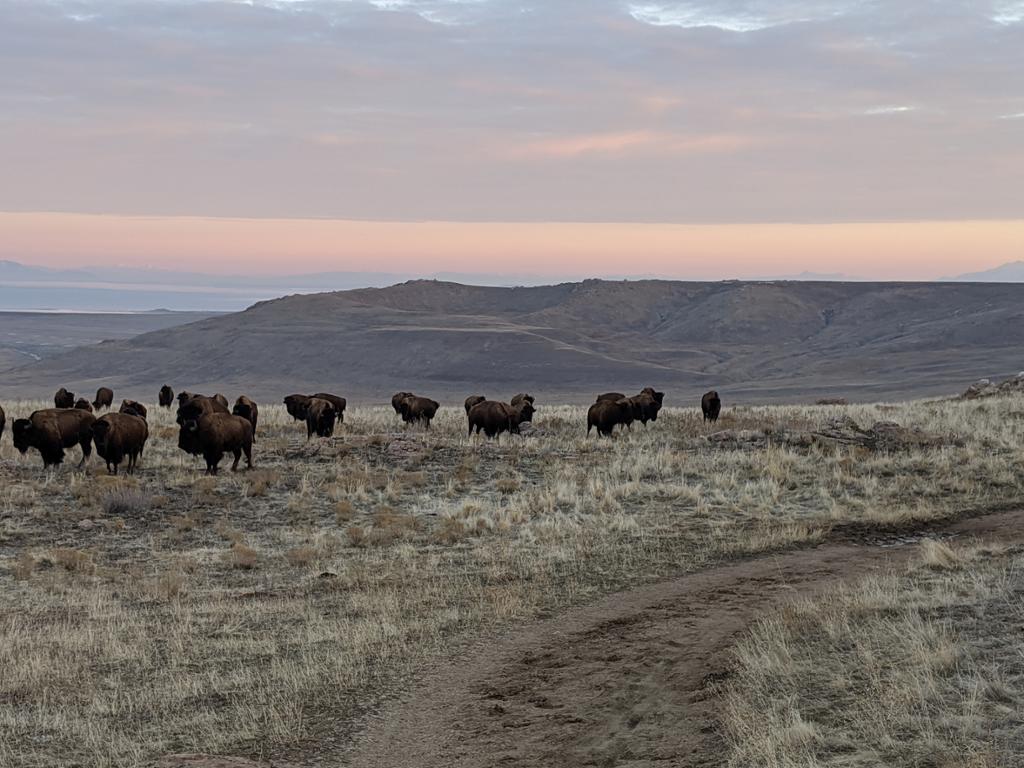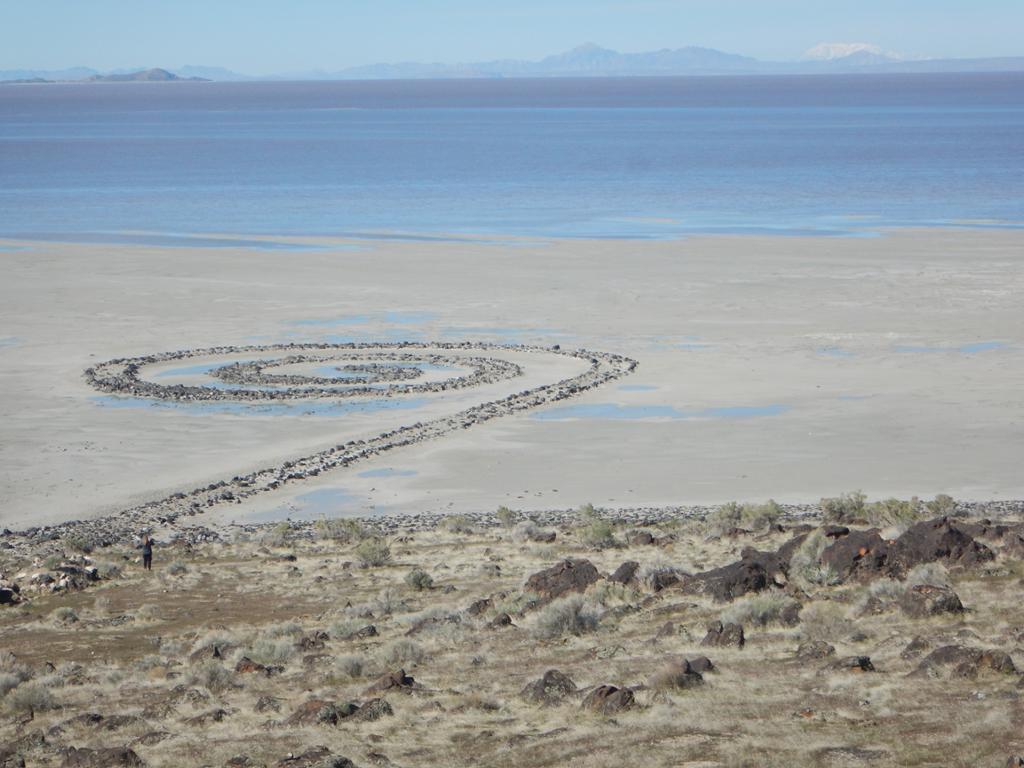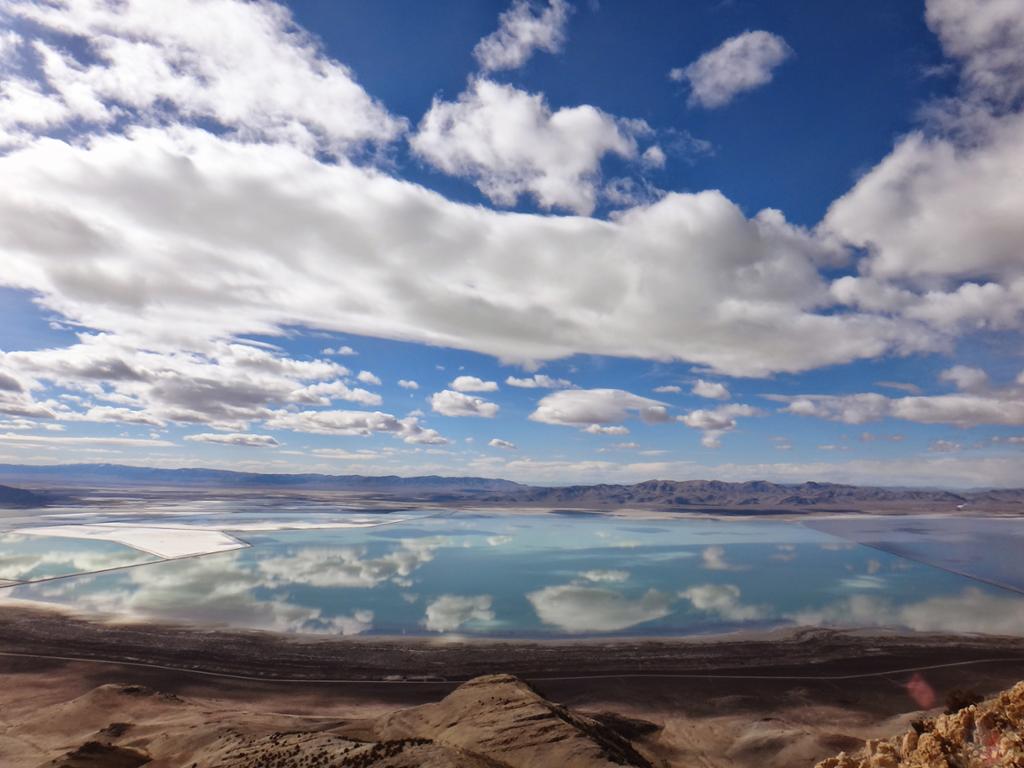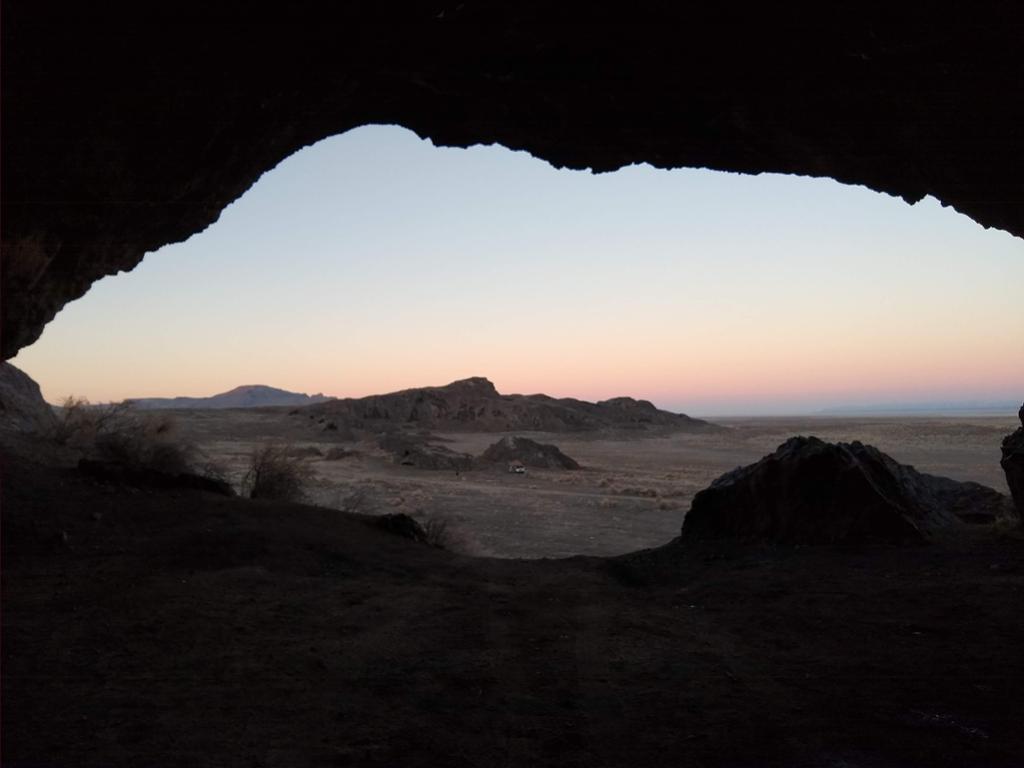Five Areas to Explore Around Great Salt Lake
Great Salt Lake is one of the most impressive things you see if you fly into Salt Lake City, named, of course, after the lake. At its largest, the lake has covered over 3000 square miles, and the lake plays an important role in the economy, bringing in over $300 million per year from mineral extraction and brine shrimp harvest. The lake is also a haven for migrating and breeding birds, with over 10 million birds supported by the lake and surrounding wetlands on an annual basis. The lake supports some of the largest populations in the U.S., or world, for certain bird species, such as the eared grebes, where up to 90% of the North American population uses the lake.
Great Salt Lake has been in the news a lot lately due to concerns about drying lake levels, which in turn threaten everything from the bird population to the extractive industries to the very air that Utahns breathe. Due to a long history of water diversions and the 20 year megadrought, the lake reached a new historic low in 2021 and then again in 2022. Microbialites, underwater reef-like rock mounds created by millions of microbes, form the base of the Great Salt Lake food web and are drying out as the lake dries. Salinity levels in the lake are reaching new heights and islands are now connected to shores, allowing predators to stalk nesting birds. On top of all this, dust from the exposed lakebed can add to Utah’s already poor air quality and has the potential to contain toxic elements from the long history of industrial activity in the region.
Fortunately, people in Utah are being alerted to this issue and are starting to take it seriously, with everyone from homeowners to legislatures taking actions big and small. However, I don’t want bad news about the lake to be the only thing that motivates people to act. I want us all to be motivated to preserve this great lake because of our deep appreciation and personal connection with the lake. To that end, here are a few great ways to explore the lake.
Note that the lake is great to visit any time of year, though particularly in early spring before the bugs come out, fall, and in the winter when areas to the east are likely to have more snow.

Antelope Island
Antelope Island is probably one of the most popular ways that people explore Great Salt Lake. You drive over the seven mile causeway to get out to the island, which offers a great view of how much or how little water the lake currently has. The island is a state park and has three campgrounds, lots of hiking and mountain biking trails, and opportunities for viewing bison and other animals. My favorite short hike with kids is Ladyfinger Point because kids (and adults) love to scramble around the boulders. Those looking for longer hikes can climb to the island high point, Frary Peak (7 miles round trip, 2000 ft elevation gain), or complete the Split Rock Loop (almost 12 miles; popular with mountain bikers and trail runners more so than hikers). If you are interested in the island’s history, explore Fielding Garr Ranch and visit the Frary Gravesite. The latter site is a short hike past a gravesite and interpretive signs describing the experience of George and Alice Frary and their seven kids homesteading on the island.
Antelope Island is a great winter destination because it is often dry when other areas have snow. Be sure to check the Utah State Parks website to get up-to-do information on the status of biting insects and other pests before heading out.

Spiral Jerry and Environs
The Spiral Jetty is a 1500 ft long earthwork sculpture constructed on the northwestern side of Great Salt Lake by the artist Robert Smithson in 1970. The lake here is a pinkish color due to salt tolerant bacteria and algae that thrive thanks to the extremely high salinity in this part of the lake. Just a few years after being built, the Spiral Jetty disappeared under the water for 20 years, but has been above water almost continuously since 2002. The Spiral Jetty changes colors over time as well, bright white from salt crystals when the lake is right near the level of the spiral, but black when the spiral is exposed and the salt is washed away by the rain.
Other places to check out while in the vicinity of Spiral Jetty include Bear River Migratory Bird Refuge, Golden Spike National Monument, and Locomotive Springs Waterfowl Management Area. Like Great Salt Lake itself, Locomotive Springs has also seen the impacts of extensive water extraction. The springs were named in the 1880s after the locomotive due to the thunderous sound of the force of their flow, but extensive groundwater pumping, primarily to the north in Idaho, has reduced that flow by as much as 80%. There are still some small ponds and wetlands to explore, as well as abandoned buildings and train cars.

Wetland Nature Trails
There are several family-friendly and educational nature trails around Great Salt Lake that are a great introduction to the extensive wetlands that span the east shore of the lake. The highlight of the mile-long trail at the Great Salt Lake Shorelands Preserve is the 30-ft high observation tower that I think looks like a magical pirate ship and allows for great views of the surrounding wetlands. Farmington Bay Waterfowl Management Area also has a nature trail, which sits on the north edge of the 18,000 acre preserve next to the Eccles Education Center. Last time I was there, the education center had their spotting scopes set on nearby platforms housing a great blue heron breeding rookery. The Bear River Migratory Bird Refuge has two short nature trails near their Wildlife Education Center that are family-friendly as well.
While bird diversity in the wetlands is at its peak in spring and fall during migration, there are birds year-round, including bald eagle viewing at Farmington Bay in the winter.

Stansbury Island
Stansbury Island, on the south side of Great Salt Lake, is very different from the more well known Antelope Island, though like Great Salt Lake, it is frequently not a true island. Ownership on Stansbury Island is a mixture of BLM land and private property. The island has many fewer visitors, trails, and amenities than Antelope Island, and more people doing target practice. There are a number of things worth checking out on the island. Mountain bikers can enjoy the 5.3 mile single track Stansbury Island Trail, which starts with a steep ascent and then continues along the historical shoreland of Lake Bonneville. The trail is also good for trail running and hiking, though likely not well used for any of these activities. Another fun thing to check out on the island is a large cave. The small entrance opens up to a large cavern that is used occasionally by scouts and other groups to camp in. The uneven floor and dampness would not make it my first choice for a campsite, but it is a great short hiking destination.

Lakeside Cave
If you want to go somewhere even more remote than Stansbury Island, Lakeside Cave is the place to be. The settlement of Lakeside was built in 1901 by railroad workers preparing to span the Great Salt Lake with a trestle bridge. Once trestle construction was completed in 1904, Lakeside was left abandoned back to the wilds. Lakeside briefly came back to life again in the 1950s when a new causeway was built across the lake. Today the area is used for mining and salt evaporation ponds but visitors to the area are rare. A good family-friendly outing to the area combines exploring the large alcove of the cave, scrambling up Gunsight Point, and watching the sunrise or sunset over the expansive evaporation ponds. My toddler also was really excited each time the train drove blowing its whistle.
